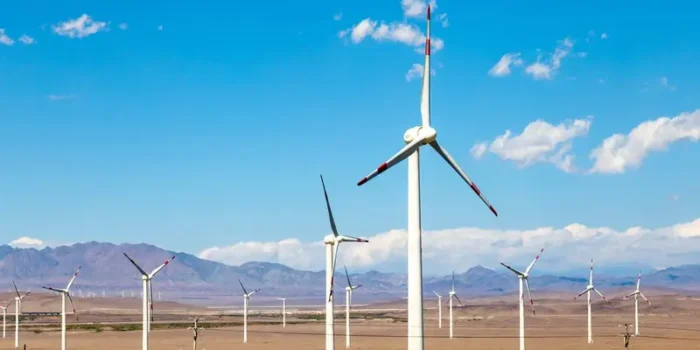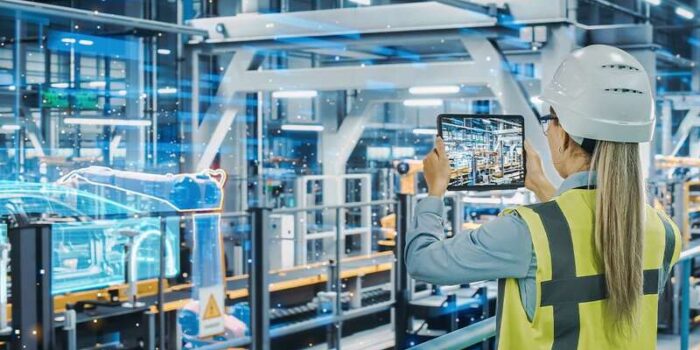In an era characterized by rapid urbanization, population growth, and environmental concerns, the concept of sustainable infrastructure has gained significant traction. As societies worldwide seek to address the challenges posed by climate change and resource scarcity, investing in sustainable infrastructure has emerged as a critical avenue for driving economic growth, improving quality of life, and preserving the planet for future generations. In this article, we will delve into the opportunities presented by sustainable infrastructure and how it can shape the future of our cities and societies.
Defining Sustainable Infrastructure:
Sustainable infrastructure encompasses a broad range of physical assets and systems that are designed, constructed, and operated with a focus on minimizing environmental impact, conserving resources, and promoting social well-being. This includes transportation networks, energy generation and distribution facilities, water and wastewater management systems, buildings, and public spaces. The goal is to create resilient, efficient, and adaptable structures that contribute positively to both human and environmental health.
Key Opportunities:
Renewable Energy: The transition from fossil fuels to renewable energy sources is a cornerstone of sustainable infrastructure. Investments in solar, wind, hydro, and geothermal energy projects not only reduce greenhouse gas emissions but also create jobs and promote energy independence.
Smart Cities: Integrating technology into urban planning and management leads to more efficient resource allocation and improved quality of life. Smart cities leverage data to optimize transportation systems, enhance waste management, and reduce energy consumption.
Green Buildings: Sustainable building practices focus on energy efficiency, reduced water usage, and use of environmentally friendly materials. Green buildings have lower operating costs, healthier indoor environments, and contribute to a smaller carbon footprint.
Transportation Networks: Developing and expanding public transportation systems, as well as promoting walking and cycling infrastructure, reduces congestion, lowers air pollution, and improves accessibility for all citizens.
Water Management: Sustainable water infrastructure includes efficient distribution, wastewater treatment, stormwater management, and water conservation efforts. These initiatives ensure reliable access to clean water while minimizing environmental impact.
Circular Economy: Sustainable infrastructure encourages the adoption of circular economy principles, where resources are used efficiently and waste is minimized through recycling, reuse, and resource recovery.
Resilience to Climate Change: Building infrastructure that can withstand the impacts of climate change, such as flooding and extreme weather events, is essential for ensuring the long-term viability of cities and communities.
Benefits of Sustainable Infrastructure:
Environmental Preservation: Sustainable infrastructure reduces the depletion of natural resources and minimizes pollution, helping to mitigate climate change and safeguard ecosystems.
Economic Growth: Investments in create jobs across various sectors, from construction to technology development, contributing to economic growth and stability.
Improved Quality of Life: Well-designed also leads to safer, healthier, and more livable cities. Access to clean water, efficient transportation, and green spaces enhances the well-being of residents.
Long-Term Cost Savings: While the initial costs of sustainable infrastructure projects can be higher. The long-term savings in terms of operational and maintenance costs often outweigh the initial investment.
Innovation and Technology: Sustainable infrastructure also drives innovation. As it requires the development and deployment of new technologies, materials, and design approaches.
Challenges and Considerations:
Financial Investment: Funding projects may require collaboration between the public and private sectors, as well as innovative financing mechanisms.
Regulatory Hurdles: Navigating complex regulatory environments and obtaining necessary permits can be challenging, particularly for projects that disrupt existing systems.
Mindset Shift: Adoption of sustainable practices may require a shift in mindset and behavior at both individual and institutional levels.
Long-Term Planning: Sustainable infrastructure requires comprehensive, long-term planning that considers the evolving needs of communities and changing environmental conditions.
Conclusion:
Investing presents an unparalleled opportunity to create a more equitable, prosperous, and environmentally responsible future. By addressing the challenges of urbanization and climate change through thoughtful design. Innovative technology, and collaboration, societies can build a foundation that supports both human well-being and the health of our planet. As we explore the vast potential, we are shaping a world where progress aligns harmoniously with nature’s capacity to thrive.





